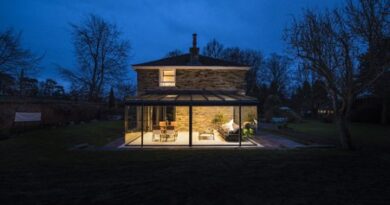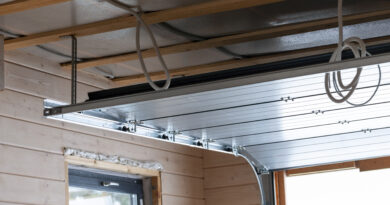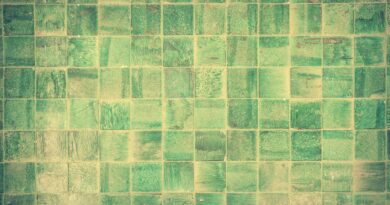Wall Cladding: Everything You Need To Know
What is cladding? This is a question that many people ask, but not everyone knows the answer. Cladding is a type of material that is used to cover walls. It can be made from a variety of materials, including wood, metal, plastic, and stone. There are many different types of cladding available on the market today, and each has its own set of benefits and drawbacks. So, which type of cladding should you choose for your home? Keep reading to find out!
What is cladding?
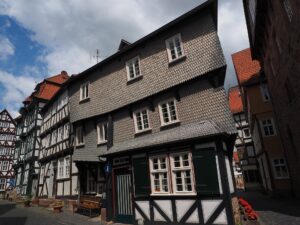
Cladding is essentially a layer of material that is attached to the exterior walls of a building. It can help to protect the underlying structure from damage, as well as insulate the home and improve its aesthetic appeal. The main types of cladding available on the market today include freeform cladding, brick cladding, vinyl cladding, and fibre cement cladding. Each type has its own set of advantages and disadvantages, so it’s important to consider which is the best option for your home.
Different Ty[es of Cladding:
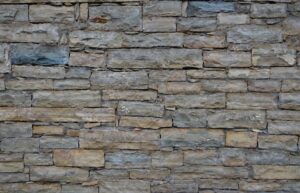
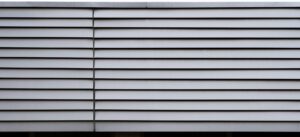
Freeform cladding: Freeform cladding is made from a variety of materials, including wood, stone, brick, and vinyl. It’s easy to install and can be used to create a unique look for your home. However, freeform cladding is more prone to moisture damage than other types of cladding.
Brick cladding: This type of cladding is made from bricks and mortar, and it’s very durable. It’s also resistant to moisture and fire, making it ideal for areas that are prone to these kinds of damage. However, brick cladding is more expensive than other types of cladding.
Vinyl cladding: Vinyl cladding is a type of cladding that is made from plastic. It’s very durable, and it can be used to create a variety of different looks for your home. However, vinyl cladding does not provide as much insulation as other types of cladding.
Fibre cement cladding: Fibre cement cladding is made from a combination of fibreglass and cement. It’s very durable, fire-resistant, and moisture-resistant. It also provides excellent insulation for your home. However, fibre cement cladding is expensive.
Different Cladding Uses:
Freeform cladding: This type of cladding is designed to provide a natural look and feel to your walls. It can be made from a range of materials, such as wood and stone, and provides a very attractive finish. Freeform cladding is generally the most expensive type of cladding but can create an eye-catching feature for your home.
Brick cladding: Brick cladding is ideal for those who want a classic look. It’s easy to maintain, and it can provide an attractive finish that will last for many years. The only downside is that brick cladding can be expensive to install and not as durable as other types of cladding, such as fibre cement cladding.
Vinyl cladding: Vinyl cladding is one of the most popular types of cladding on the market today. It’s also one of the most affordable, and it can be easily maintained with regular cleaning and painting. However, vinyl cladding can be prone to cracking over time and may not provide the same level of insulation that other cladding materials offer.
Fibre cement cladding: This type of cladding is a great option if you’re looking for something that is durable and low maintenance. It can provide an attractive finish and is also fire-resistant, making it a good choice for those with safety concerns. However, it is one of the more expensive cladding options available.
Which type of cladding is better?
The best type of cladding depends on a few factors, including the climate in your area, budget, and desired aesthetic. For example, brick cladding is a more expensive choice, but it can last for decades and requires very little maintenance. Vinyl cladding is an affordable option that’s available in a range of colors and styles, while fibre cement cladding offers superior protection from the elements. Ultimately, the best type of cladding comes down to personal preference and budget.
Why is cladding important?
Cladding serves a number of important purposes. It can protect your home from weather-related damage, as well as improve its energy efficiency and curb appeal. Cladding can also be used to balance out the architecture of a building and create an aesthetically pleasing exterior. Finally, cladding can help to reduce noise pollution and protect the underlying structure of your home from moisture damage.
How to install cladding?
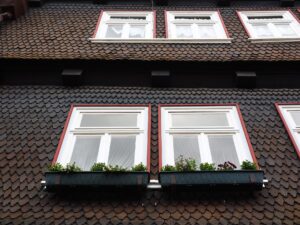
Installing cladding is not a DIY project that should be taken lightly. It’s important to hire a professional contractor who has experience in cladding installation, as cladding must be installed properly in order for it to function properly. The contractor will assess the existing structure of your home and determine which type of cladding is best suited for your needs. They will then measure and cut the cladding, install fasteners, and seal any joints or gaps.
How to maintain cladding?
Cladding requires regular maintenance in order to keep it looking its best. The cladding should be inspected regularly for any signs of damage or wear and tear, and any necessary repairs should be made immediately. It’s also important to clean the cladding regularly using a mild detergent to remove dirt, dust, and other debris. Depending on the type of cladding, a sealant or waterproofing agent may also be applied to protect it from water damage. Regular maintenance will help ensure that your cladding continues to look its best for years to come.
In conclusion, cladding offers a wealth of benefits for any home. It can protect your home from weather-related damage and improve its energy efficiency, as well as offer aesthetic benefits. However, cladding must be installed and maintained properly in order to ensure that it continues to function properly over time. For more information on cladding and how to choose the best cladding for your home, consult a professional cladding contractor. They can provide you with the expertise and assistance needed to make an informed decision about cladding for your home.
